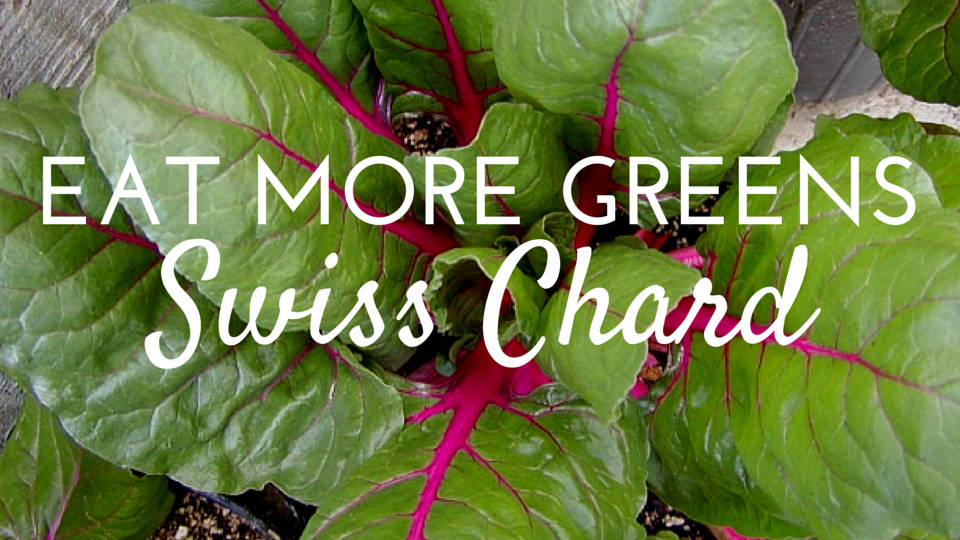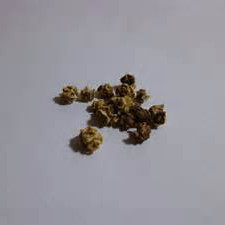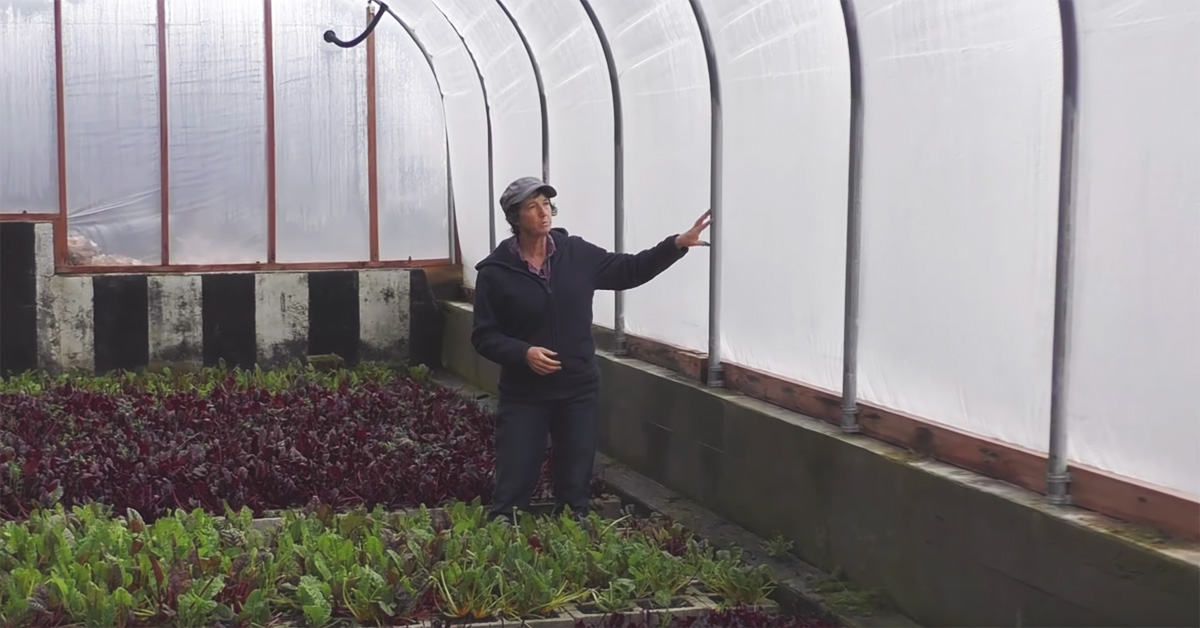
There are so many wonderful leafy greens that people don’t know about these days because all the grocery store usually has is iceberg lettuce and some spinach. When you let the store buyer select your vegetables for you, you are going to miss out on some amazing wonderful foods. Just like tomatoes (I know of over 3800 varieties) the mass production of food has led us to the growers only growing a few varieties of leafy greens. This is a curse and a blessing all at the same time. If the stores will not carry the amazing plethora of leafy greens this means to get them you will have to grow them yourself. What a blessing to get to grow your own nutrient dense organic amazing greens.
The leafy green I want to introduce you to today is swiss chard. Swiss chard is a wonderful green to grow, I prefer to grow the Rainbow Chard variety because I enjoy the colorful stems. (The best place for seed ordering is from Johnny’s Selected Seeds or Seed Savers Exchange.) My favorite way to enjoy them is steamed with butter, my Dad likes his steamed with vinegar. I also use swiss chard fresh in salads. They can easily be stored for the winter exactly like you would freeze spinach.
Swiss chard is in the beet family. It grows well in the cold and in hot locations. Swiss chard is a great spinach substitute. It comes in white, pink, yellow, red and orange stems. I grow swiss chard all year round in my greenhouses. I start the plants in the summer and they will produce for me for an entire year. They would produce for you in a cold frame all year in zones 7 and higher. Lower zones will probably lose them in the winter. If you are in a warm climate you may want to a second planting after the heat of the summer has gone by. Swiss chard can handle full sun but it would prefer 8 hours of sun.
 Swiss chard can be transplanted or you can start it in the garden where it will grow all season. Swiss chard, like beets, is a pod not just one single seed. Multiple plants will emerge from the seed pod and this is fine, you don’t have to thin them. If you want big leaves then plant your Swiss chard 8 inches apart. If you are wanting smaller leaves then drop your seeds one inch apart down the row.
Swiss chard can be transplanted or you can start it in the garden where it will grow all season. Swiss chard, like beets, is a pod not just one single seed. Multiple plants will emerge from the seed pod and this is fine, you don’t have to thin them. If you want big leaves then plant your Swiss chard 8 inches apart. If you are wanting smaller leaves then drop your seeds one inch apart down the row.
Swiss chard is a light feeder and will require a minimum amount of fertilizer or compost. If your swiss chard plant looks scrawny it is probably lack of water or it is in a place that is too hot. For the best quality, cut the plants back when they are about 1 foot tall. If the chard plants become overgrown, they lose their flavor.
Another great technique for growing swiss chard is your use of mulch. I will mulch the grown with ¼ inch of fresh grass clipping when I first put in the seeds or plants. Once the plants are 3 inches tall you can put another ½ inch of grass clippings. When the plants are 6 inches tall you can have the mulch up to 1 inch thick. If the mulch gets thin during the season, reapply.
Swiss chard is susceptible to Leafminer. If you see translucent tunnels in your leaves, this is the work of a Leafminer lava. Slugs and snails will eat Swiss Chard as a last resort.
You can start harvesting when the plants are 2-3 inches tall. Cut off the outer leaves 1-1/2 inches above the ground with a sharp knife or scissors.
If you harvest the leaves carefully, from the outside of the plants, leaving the heart, new leaves will grow and provide another harvest. You can eat the whole plant by cutting the ribs off the chard leaves and cooking them like asparagus. Eat the leaves as you would spinach and store them in ventilated plastic bags.
The weekly leafy green is just a taste of what you can find in our latest online high performance gardening course- the Leafy Greens Container Course will show you how to grow 3 cups a day of the multicolored, nutrient dense greens you can find nowhere else. Learn more about how you can enjoy these leafy greens today!



